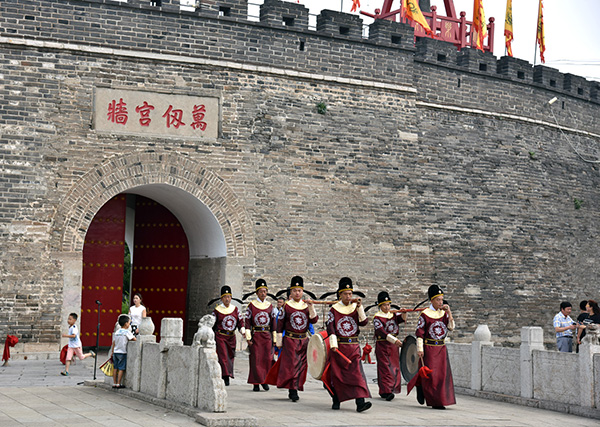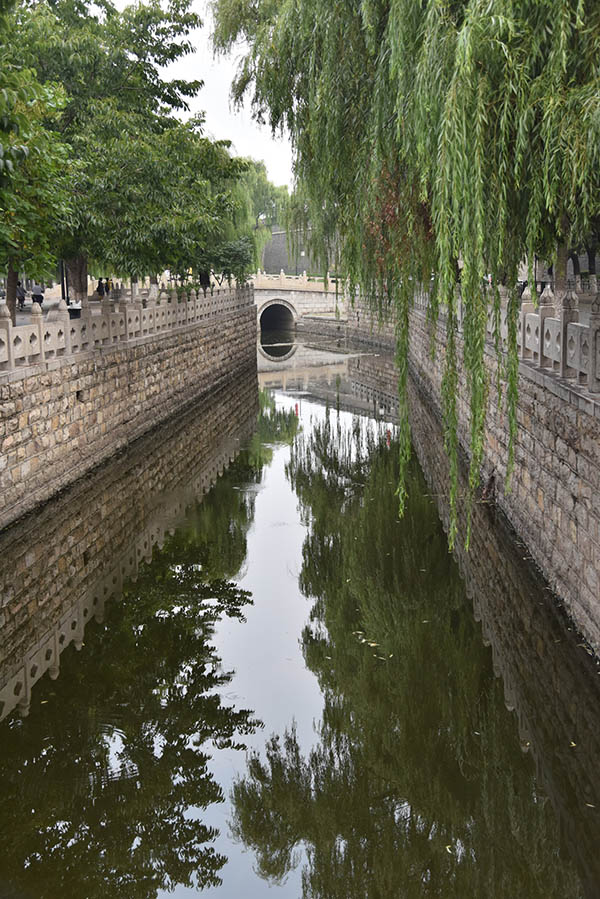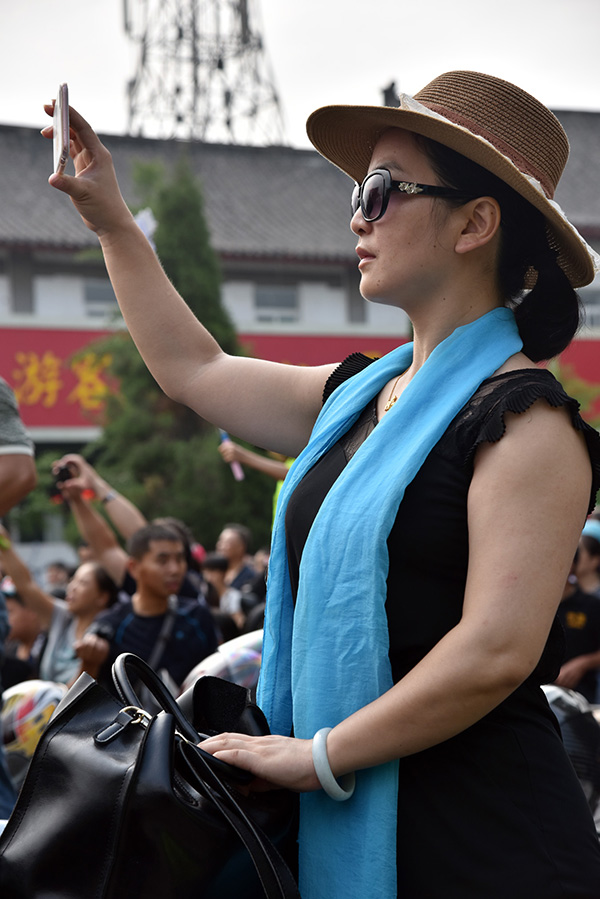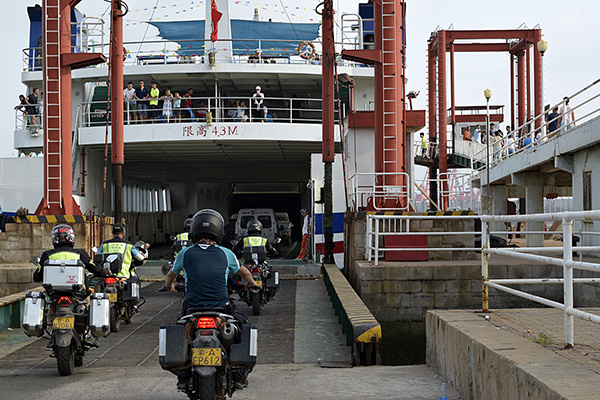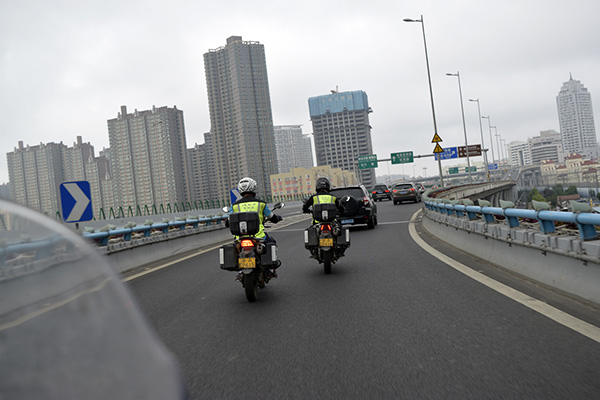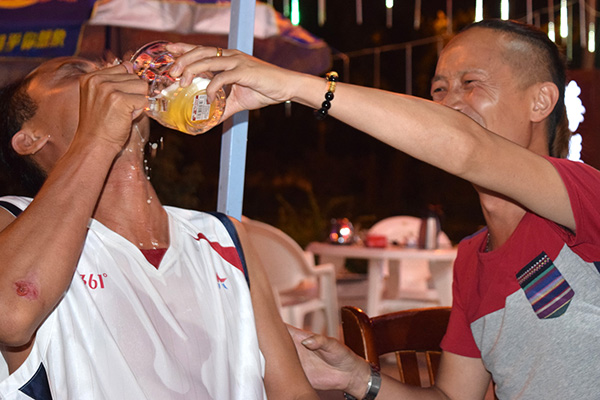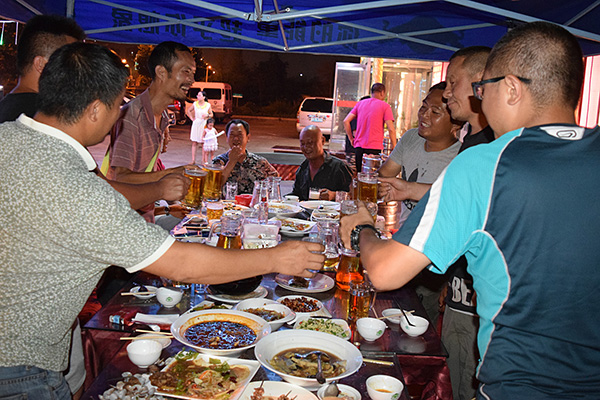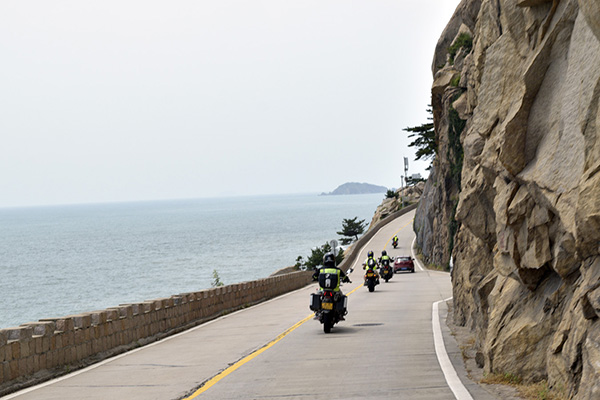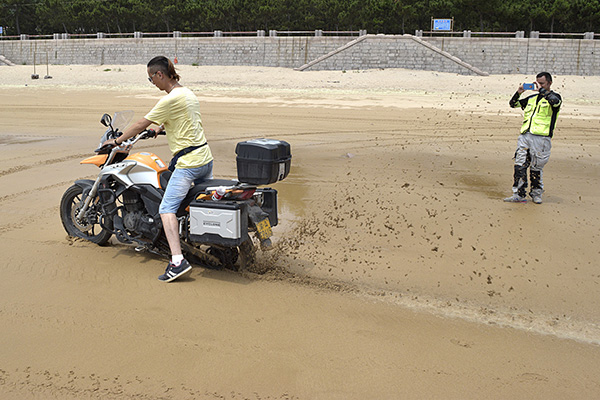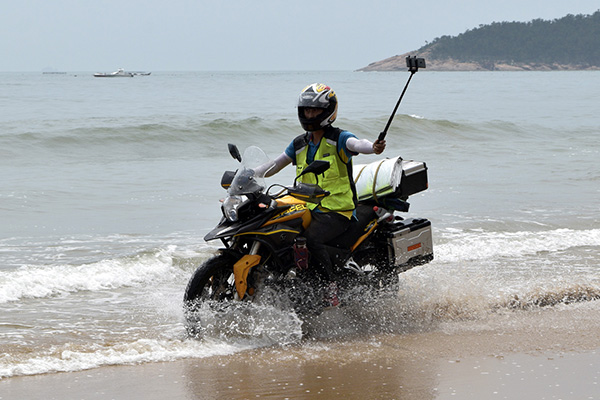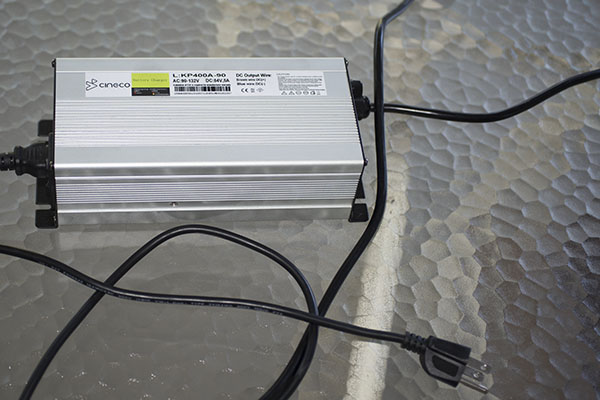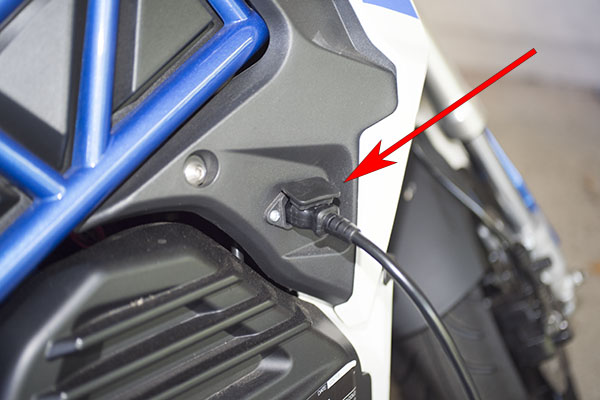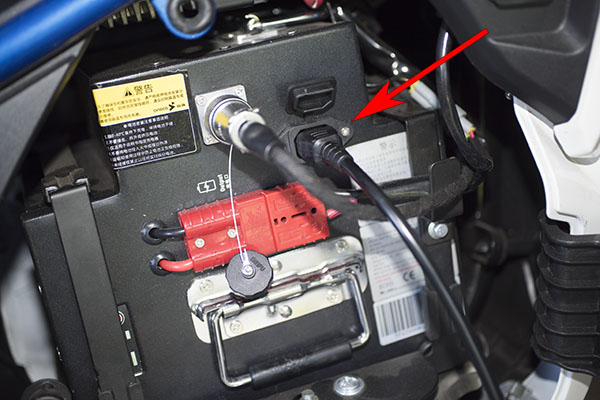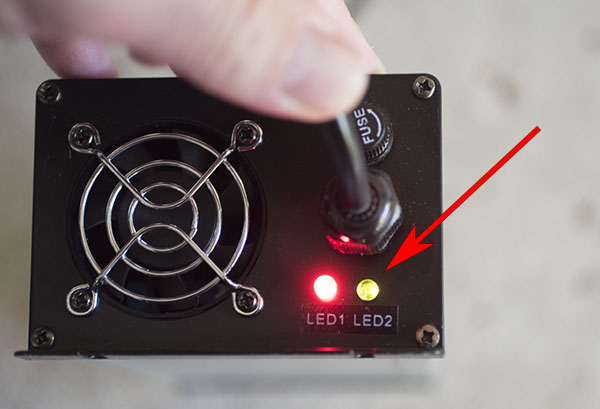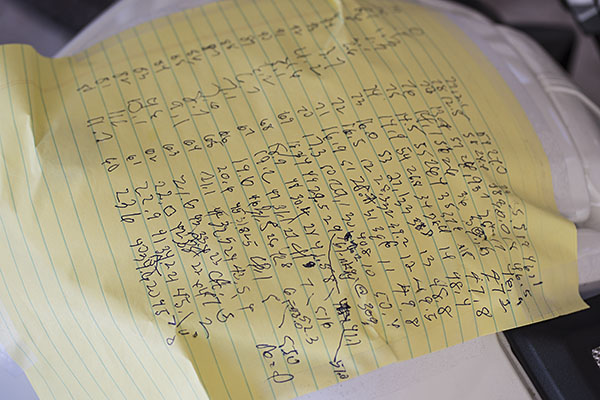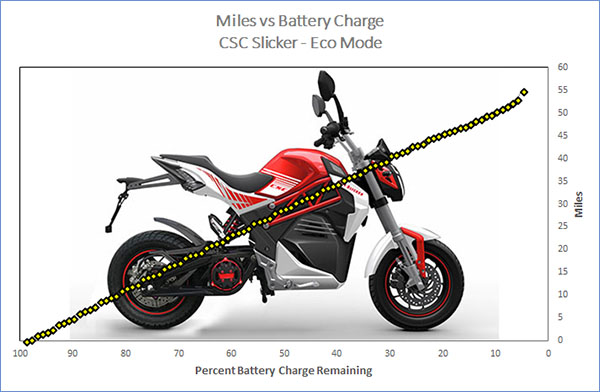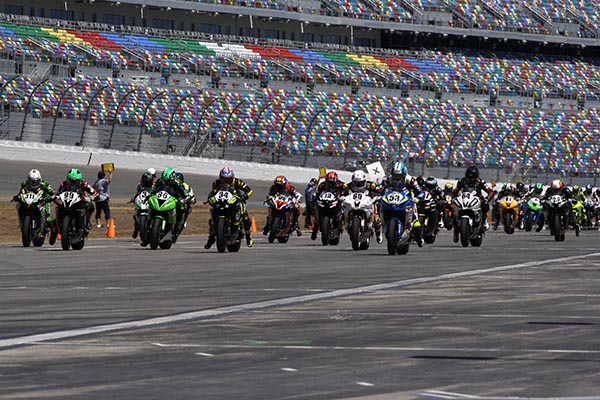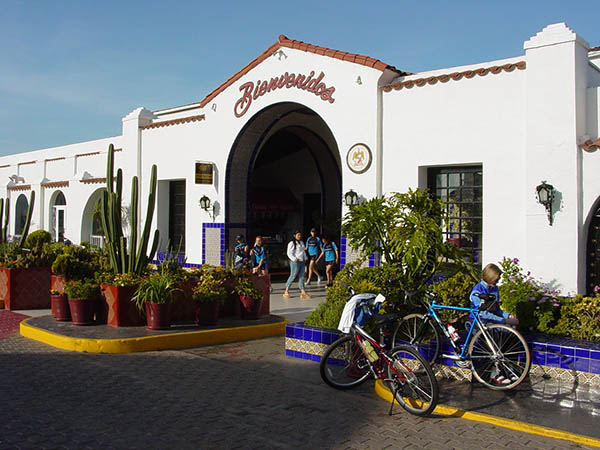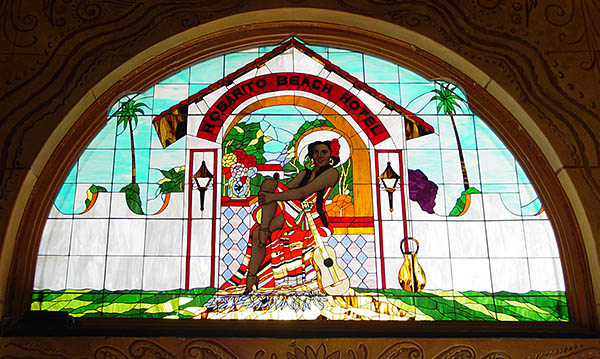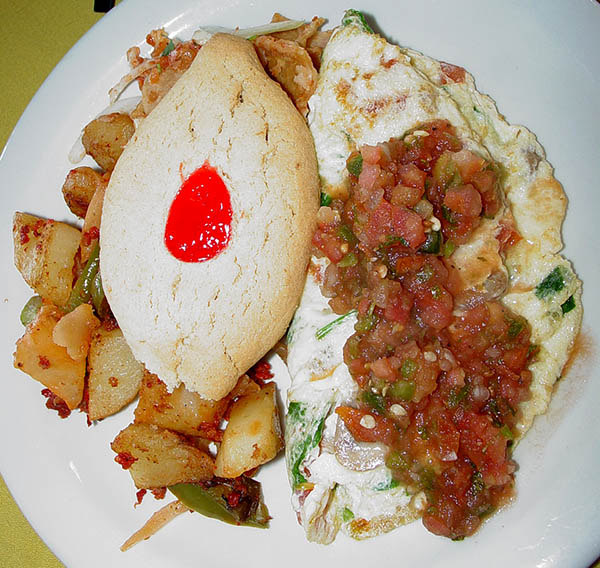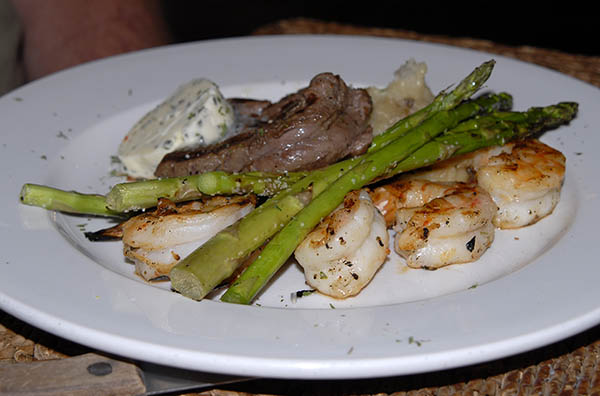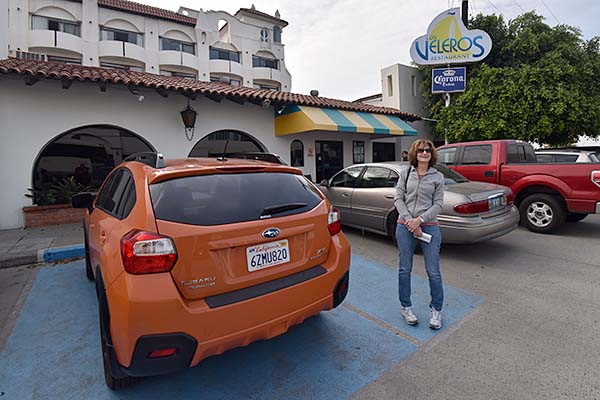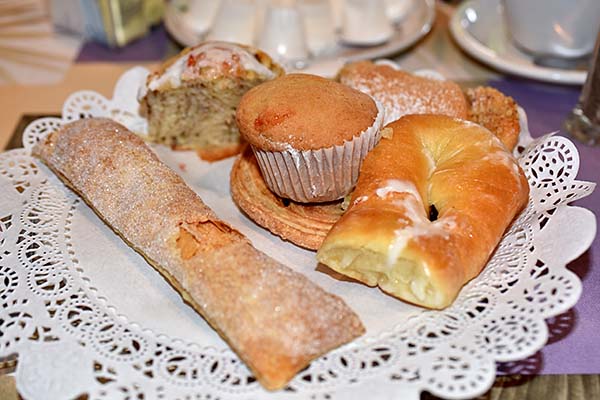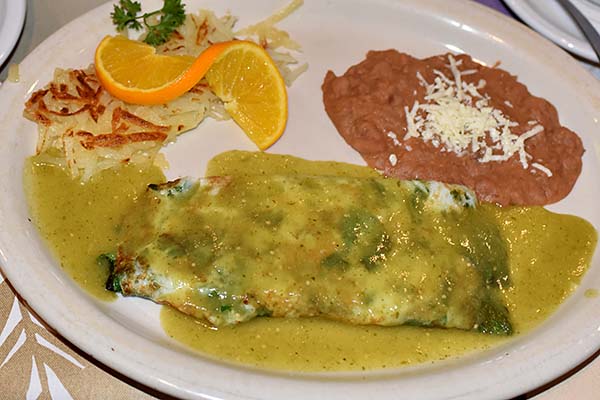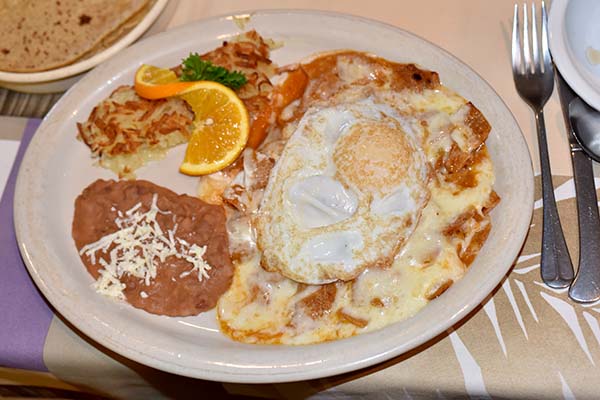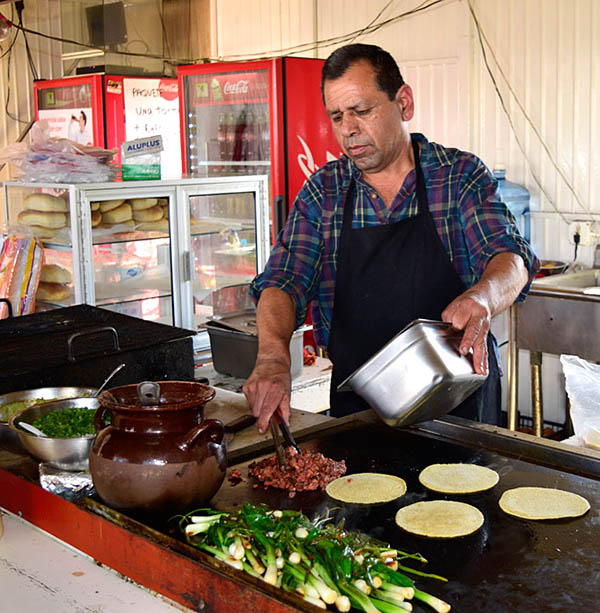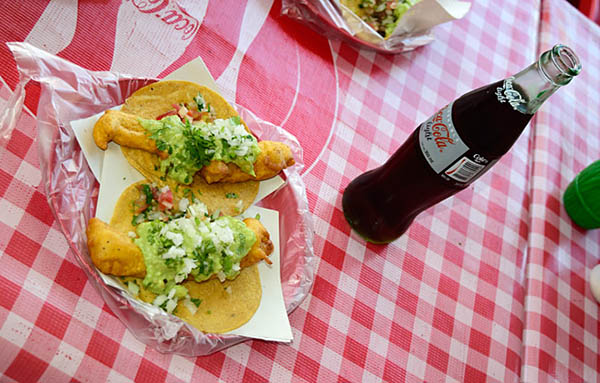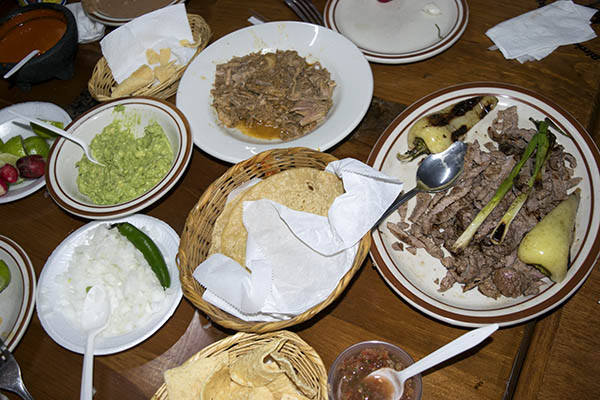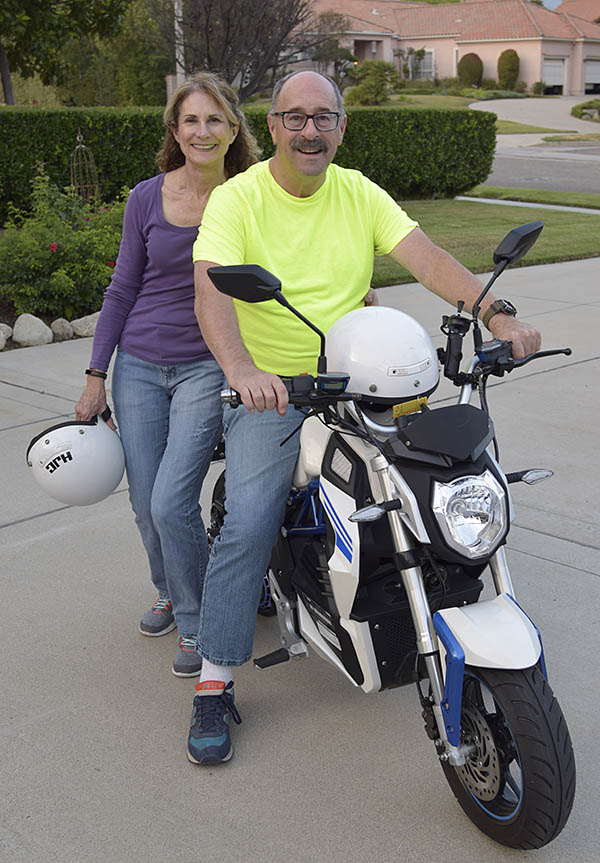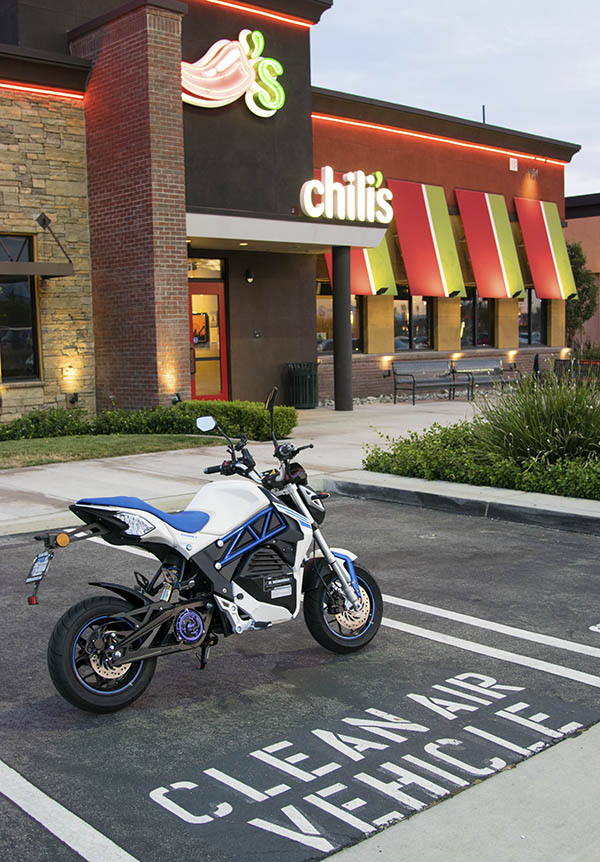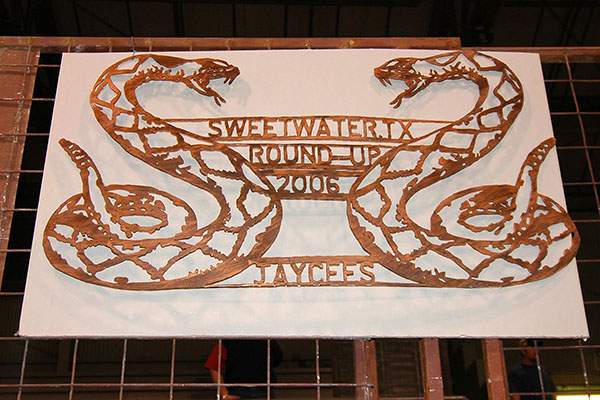
Just over 45 years ago when I was getting out of the Army, I interviewed for a job with US Gypsum in Sweetwater, Texas. I was mustering out from Fort Bliss (near El Paso), and I wanted to stay in the Lone Star State. US Gypsum seemed like a nice outfit and the people who interviewed me were great, but I wasn’t too sure about living in Sweetwater (a town I had never heard of before my interview). I had a good interview, the US Gypsum folks took me to lunch and peppered me with more questions, and they offered me a job. I asked about what it was like living in Sweetwater, and what people did around there when they weren’t working.
It was the right question to ask. Up to this point it had been kind of a standard tell-me-your-strengths/tell-me-your-weaknesses interview. But when I asked that question, everyone started talking about the Rattlesnake Roundup, becoming more and more excited as they spoke. The Roundup, they explained, is kind of like a bass-fishing contest. “The boy who won the Roundup last year brought in nearly 3500 pounds of rattlers…” one of my hosts told me.
I was stunned. In four years of crashing around the Texas desert in armored personnel carriers and jeeps, I had seen exactly three rattlesnakes, and they weren’t very big ones. 3500 lbs? That’s a lot of snakes, I thought.
“How can you find 3500 pounds of snakes in a day?” I asked.
“We strip mine the gypsum,” one of the USG guys told me. “Our boys just bulldoze up the earth. Every once in a while, these old boys will turn up a snake den,” he said in a conspiratorial whisper. “They look around to make sure no one else has seen them, they mark the location, they cover it up, and then when the Roundup rolls around, they know exactly where to go…”
You could have knocked me over with a feather. I had no idea such things existed. Snake dens? For real?
Suddenly, all the rattlesnake kitsch I had seen (but not really noticed) at the airport, the hotel, the US Gypsum plant, and even at the restaurant’s cash register (belts, belt buckles, bolo ties, hats…all based on rattlesnake skins, rattlesnake heads, and rattlesnake fangs) started to make sense.
Snake dens? Seriously?
I experienced three revelations simultaneously: Sweetwater was not a town for a nice Jewish boy from New Jersey (that would be me), these people were seriously into rattlesnakes, and at some point in my life I had to get back to Sweetwater to see the Rattlesnake Roundup.
That interview with US Gypsum was in 1977. I told the above story three decades later when we had a couple of friends, Marty and Liesel, over for dinner. Marty listened intently. Marty is paid to be a good listener (and he is), but I could see my story was getting more than his usual intense focus. Marty was mesmerized.
After dinner my wife and I took Marty and his wife home. By the time we returned to our home, I had an email from Marty. He had found the Rattlesnake Roundup on the Internet, it was still going strong, and he thought it would make for a good motorcycle ride.
Hey, why not?
Sweetwater is about 200 miles west of Fort Worth, which means it’s about 1200 miles east of Los Angeles. That’s two days by motorcycle…two long, boring days of droning along I-10 for 1000 miles, and then I-20 for the last 200 miles. Like I said, why not?
Sweetwater originally started the Roundup because the town had a serious rattlesnake infestation. As one of the locals explained it, the snakes would slither right into town. The Sweetwaterians (is that a word?) were experiencing five or six snakebite cases a month. The idea was to thin the herd. Hence the Rattlesnake Roundup. When Marty and I went there in 2006, they had already been doing this for nearly 50 years. As the photo below shows, though, there are a lot of rattlesnakes still out there.
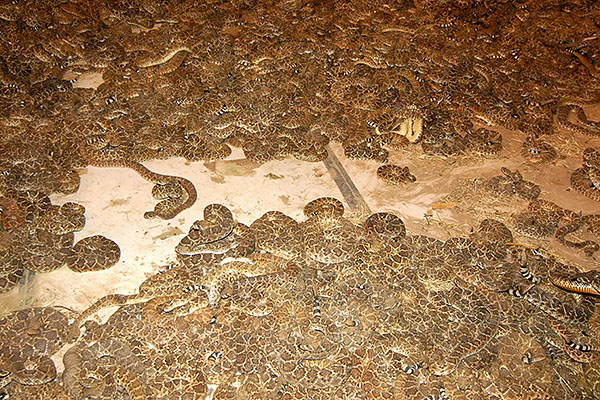
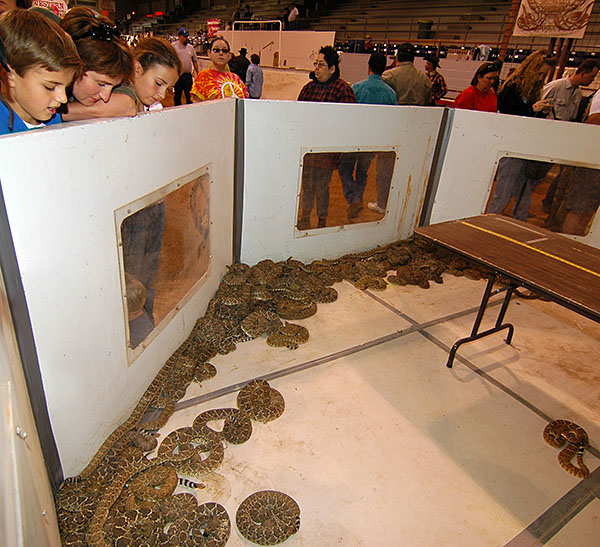
The Sweetwater Annual Rattlesnake Roundup was a big show. Those pens you see above? There were dozens of them inside Sweetwater’s Nolan Coliseum. There were all kinds of exhibits and zillions of snakes. Zillions, I tell you. Snake handling. Rattlesnake milking. You could touch a snake if you wanted to (while the handler held it, of course…I took a pass on that one). Grand fun.
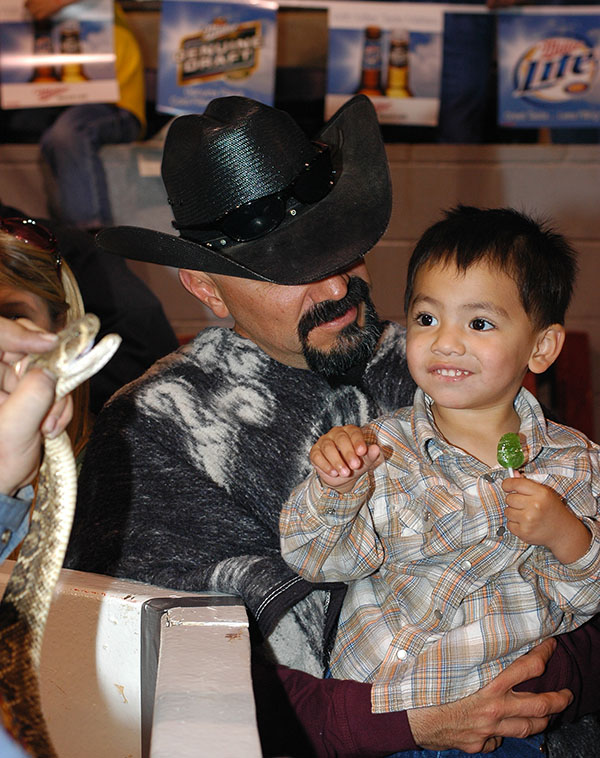
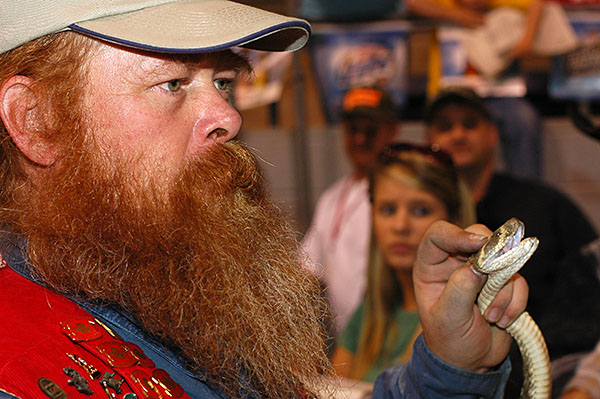

One of the spectators asked a snake handler the inevitable question: “How many times have you been bit?”
“Never,” they said. I imagine they were telling the truth. I think in that profession, one mistake is all it takes to get into a new line of work.
Another spectator asked how long it took the snakes to replace their venom.
“About two weeks,” the handlers answered, “but these boys ain’t got two weeks…”
We would soon see what they meant.
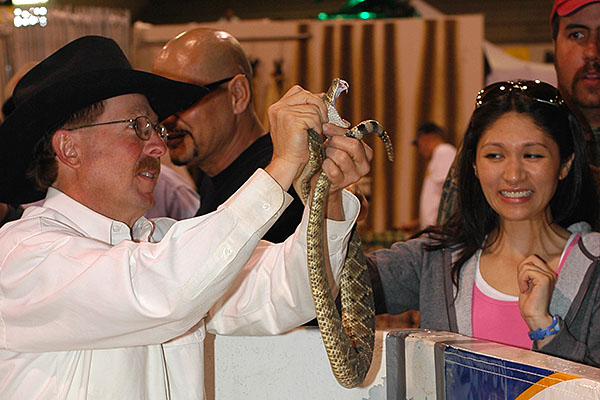
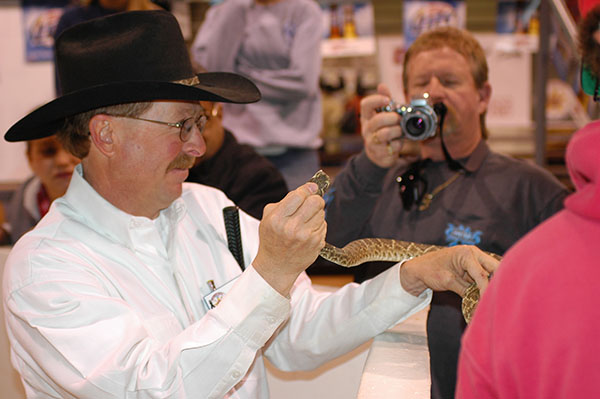
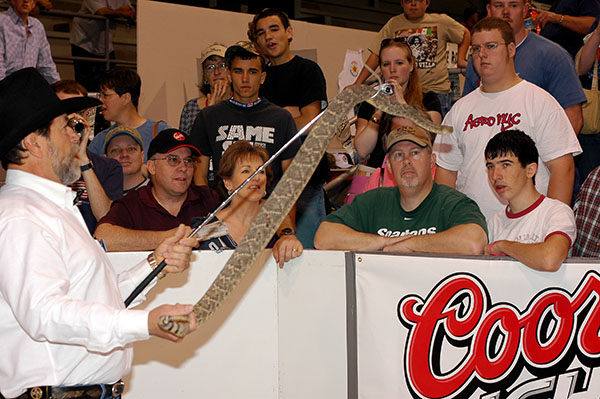
David Sager put on quite a demonstration. He’s a good old boy, with a Texas twang, a flair for the dramatic, and a sense of humor.
Sager told a story about road runners and rattlesnakes. The former eats the latter. The roadrunner flaps its wings and entices the snake to strike at it futilely and repeatedly. The road runner is faster than the rattlesnake’s strike, and that’s saying something. We saw the handlers induce the snakes to strike several times. The snakes are faster than the eye can follow (more on that in a bit).
A road runner will tease the snake to strike repeatedly, and ultimately, the snake will tire and simply coil up. When it does this, the road runner then hops on top and pecks at the snake’s head until the snake puts its head under its coils. The snake becomes docile, and the roadrunner pecks at the snake’s head to kill it (and ultimately, to eat it). The snake keeps its head low in its coils, trying to hide from the roadrunner. Beep beep, Dude. Time’s up.
Mr. Sager played roadrunner for us. He put a rattler on a table and started lightly pecking at its head with a snake-handling rod. The rattler immediately coiled up, entered a trance-like state, and hid its head under its coiled body. If you think that’s something, read on…
Sager then swept the snake off the table with his right hand, and caught it in his left. Yep, he picked up a rather large, very much alive rattlesnake in his bare hand! That’s the snake’s head peeking out on the right side of this photo.
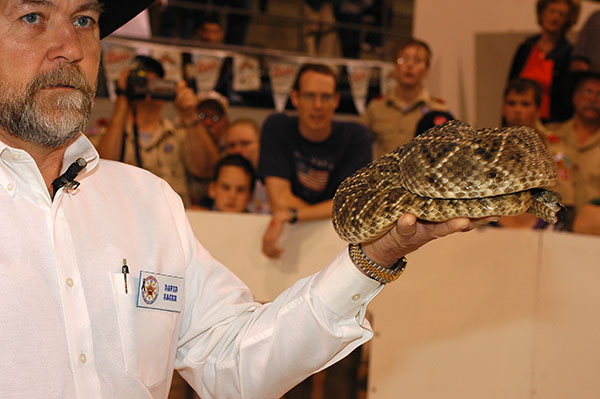
Mr. Sager explained that rattlesnakes sense heat, and he proved his point by irritating the snake with a long orange balloon. The snake dodged and weaved, trying to get away from the balloon.
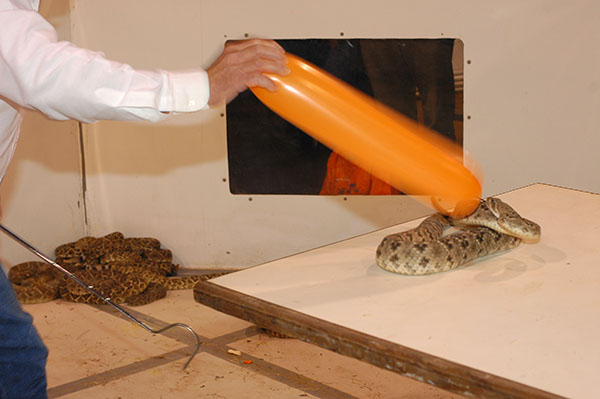
Sager then pulled the balloon away from the snake, rubbed his hand on the balloon’s end to warm it up just a scosh, and started to move the balloon back toward the snake. The rattlesnake struck instantly. It happened in the blink of an eye. Less than the blink of an eye. Their strike is very fast, faster than you can see. The balloon exploded with an amplified bang. Grown men screamed. I was one of them. That, my friends, was a rattlesnake strike!
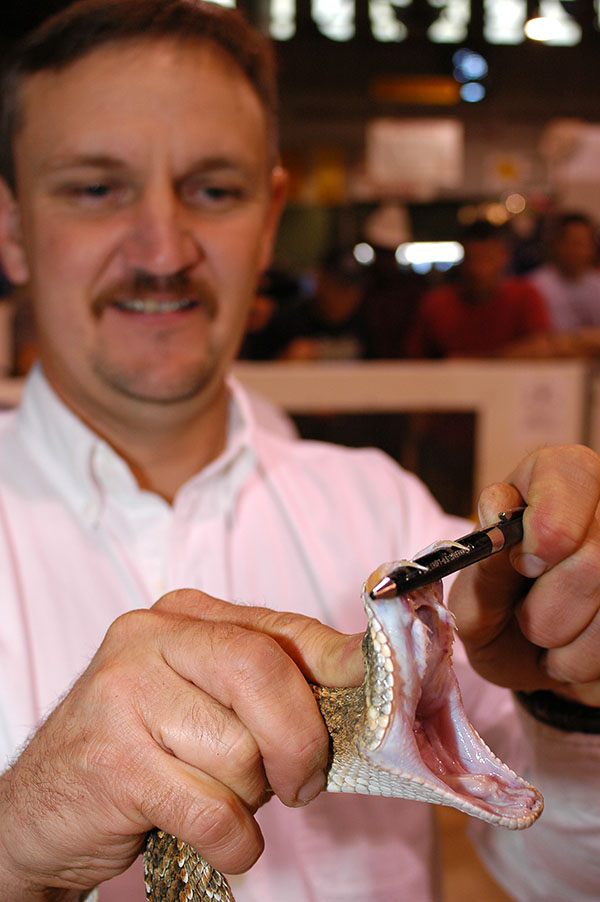
The Roundup even has a beauty pageant, and yep, there was a Miss Snake Charmer 2006. This was a major event in west Texas. I thought it was great.
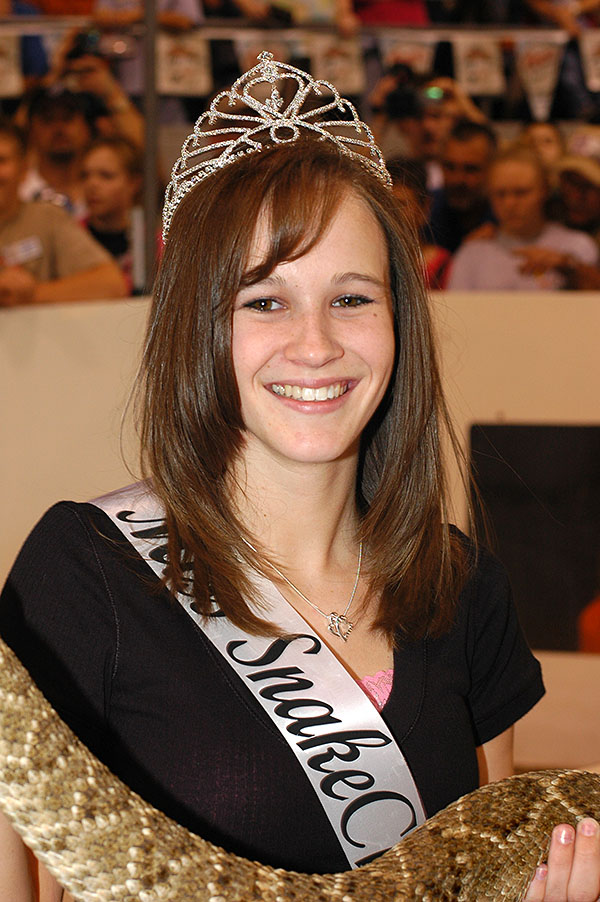
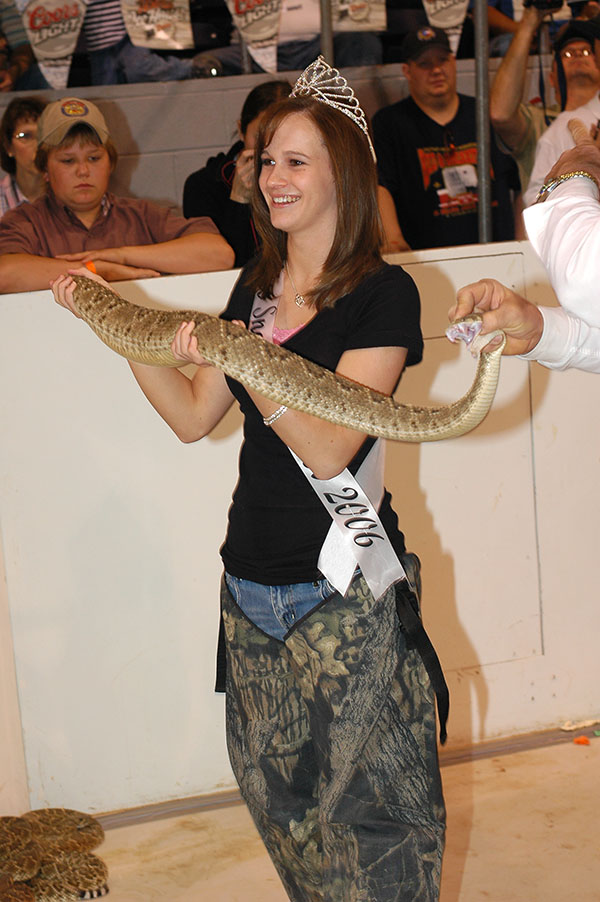
Back in 2006, I was using a Nikon D70, one of Nikon’s first digital cameras. I was getting great shots and I was having a blast. Motorcycles. Rattlesnakes. Pretty girls. Texas. Life just doesn’t get any better.
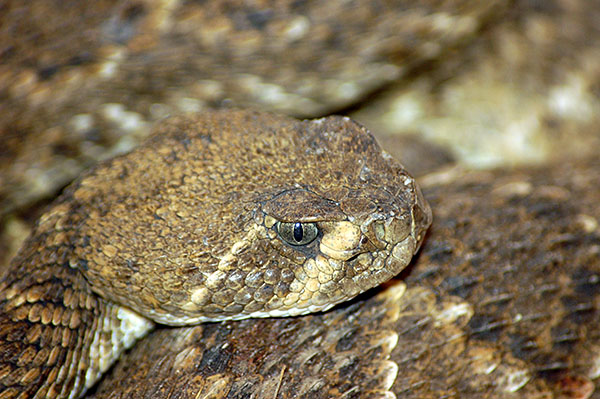

The Roundup ran like a production line. The snakes came in, they were weighed, they were milked for their venom, they were slaughtered, they were butchered, and then the skins and the meat went their separate ways.
All of this was done right in front of us. It was definitely not a place for the squeamish, but we were in Texas. Ain’t no snowflakes in Texas.
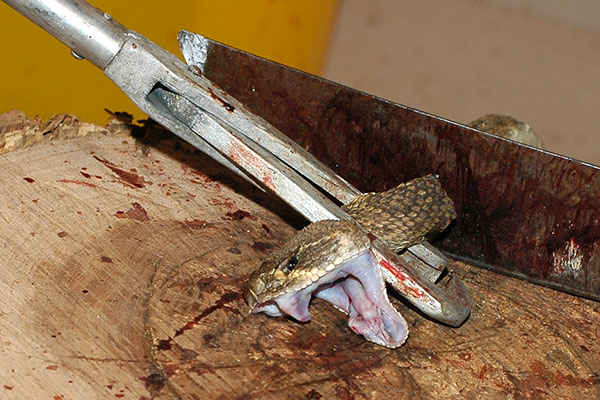
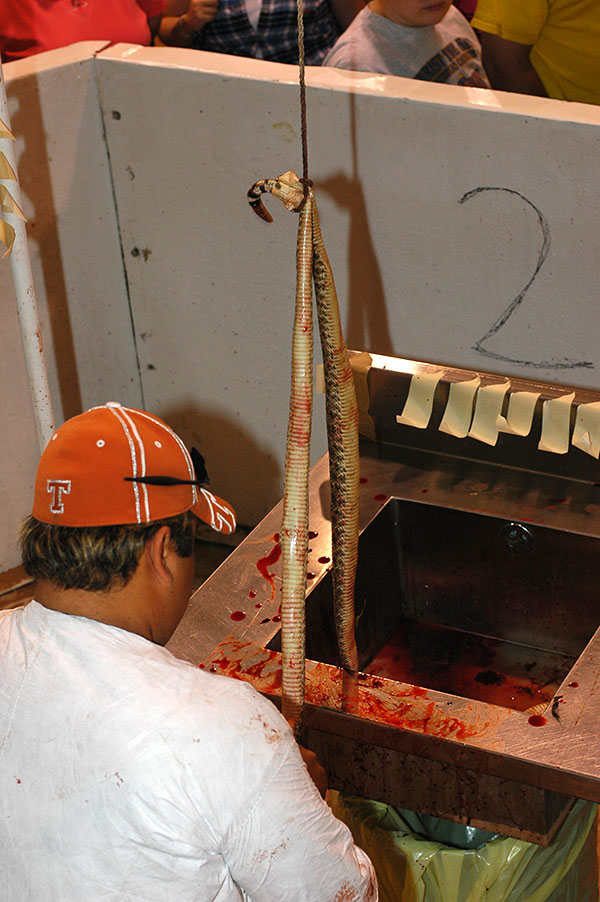
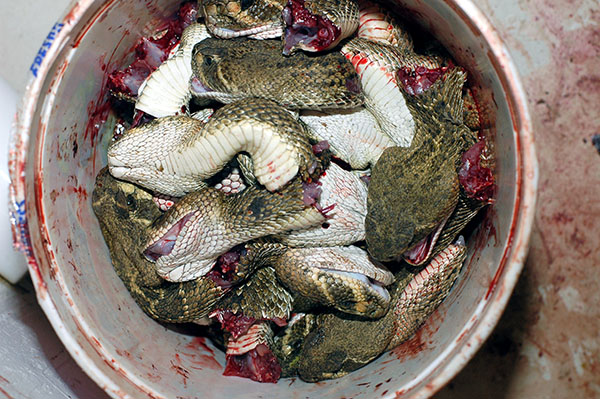
The Roundup had a long line of people waiting to buy fried rattlesnake for lunch. I looked at Marty. He looked at me. In for a penny, in for a pound.
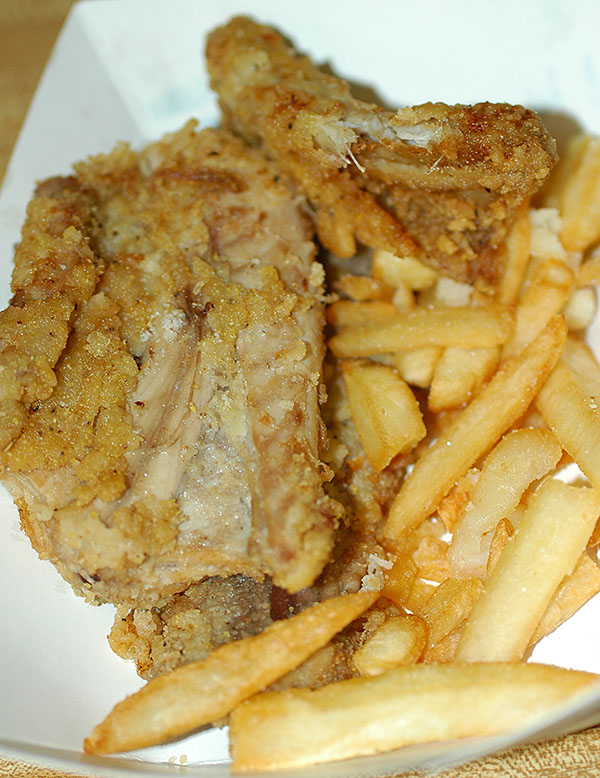
Marty tried one bite and spit it out. That was enough of a testimonial for me. I didn’t try it. Marty’s reaction and the rancid odor were enough.
The Roundup was fun, but a half day was plenty. The weather in Sweetwater was balmy…a sunny and humid 80 degrees. Marty and I decided to head back home. We had a 1200-mile freeway drone in front of us.
We hit I-20 and just kept going. We wanted to make New Mexico to get a jump on the ride for the next day. We cruised through El Paso at around 8:00 p.m., and stopped in Las Cruces for a quick dinner. Lordsburg, New Mexico, was our target that night. It was dusty, dark, very cold, and the wind was awful, with gusts in excess of 60 miles per hour. We were leaning our bikes at 30 degrees just to maintain a straight line.
We finally made Lordsburg, only to find that the Days Inn where we thought we would stay had no vacancies. You know the drill…you see the sign outside that says “No Vacancy,” but you have to go inside and ask anyway. “Everything is sold out,” the lady behind the counter said. “There isn’t an empty room in town, what with all this wind.” All the truckers were getting off the road due to the high winds.
We had passed an older motel on the east end of Lordsburg on the way in. Willcox, Arizona, was the next town up the road, but it was 80 miles west and I knew I couldn’t ride another 80 miles in this wind. We doubled back and tried the older hotel. We got lucky. We nailed the last room they had.
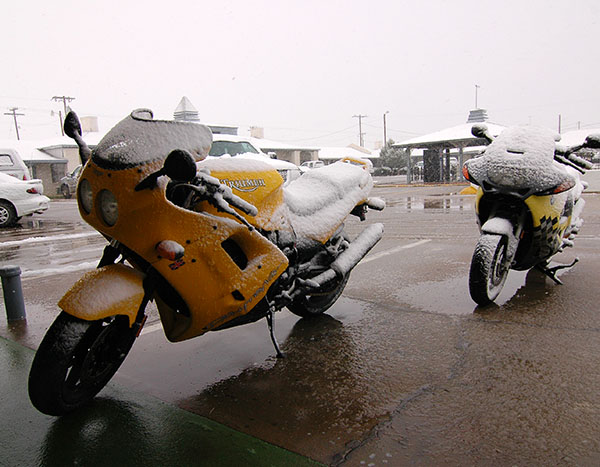
It snowed that night. We had a good breakfast the next morning and waited a couple of hours until the snow turned to sleet, and then we were off. We pushed through a combination of snow, sleet, and cold rain for the next 60 miles. We made Arizona (where the sun came out), and then rode another several hundred miles through sunny (but cold) weather.
The Roundup was a bit of a shocker. Lots of venomous snakes and the butchering was kind of brutal, but it was fun. And, no matter what anyone says, the myth that rattlesnake tastes like chicken just ain’t so. Sometimes I wonder…what if I had taken that job in Sweetwater? Would I be out there, rounding up rattlesnakes, instead of writing the blog?
More epic motorcycle rides are here!
Subscribe for free!

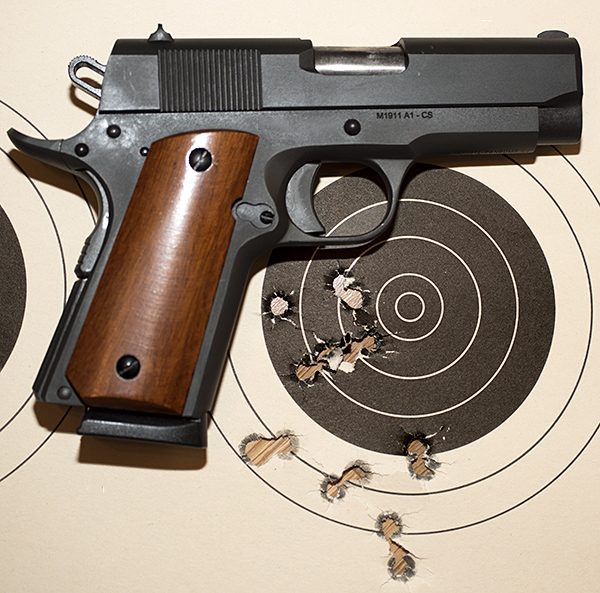
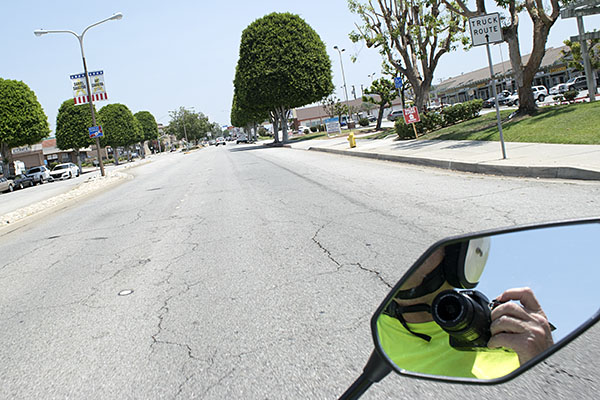
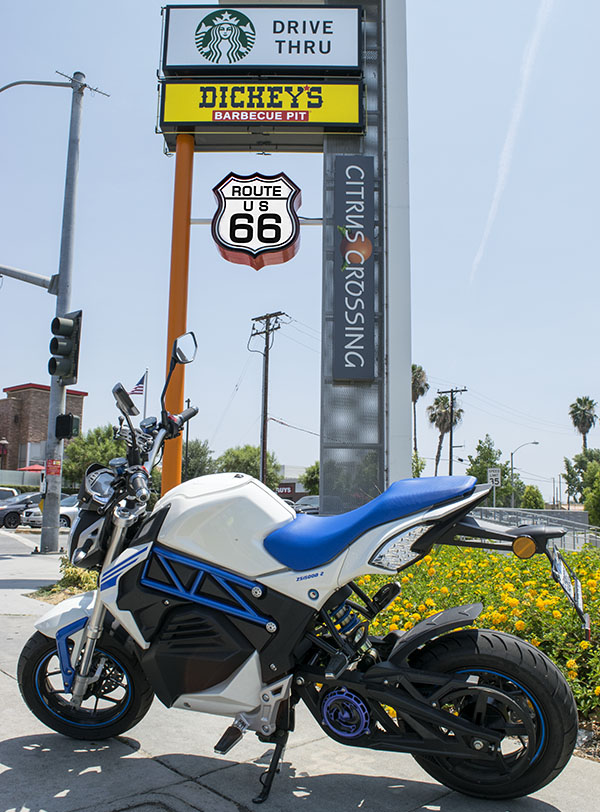
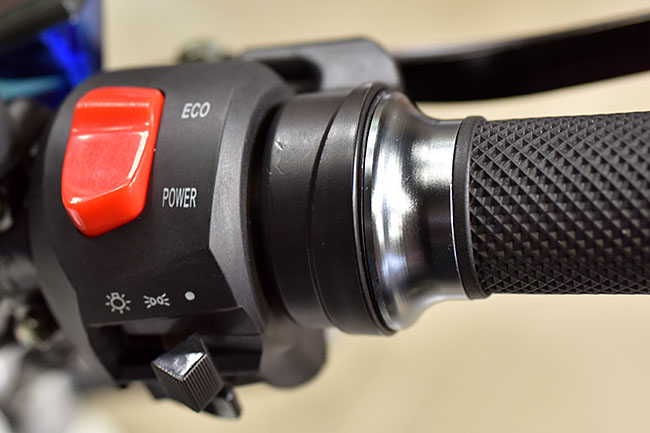
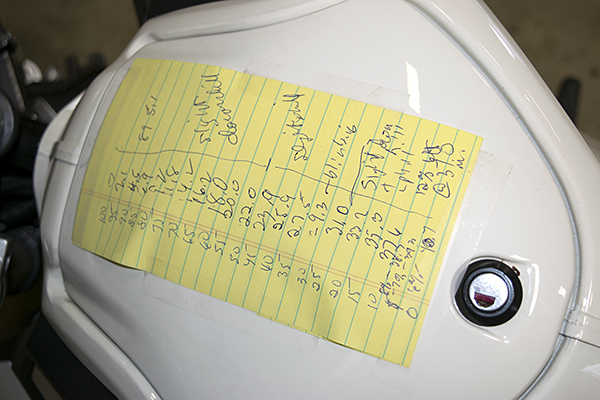
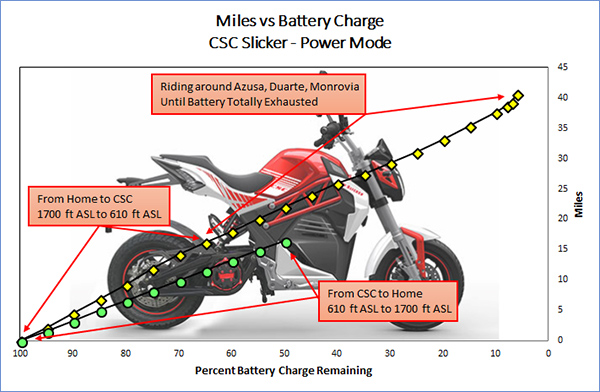
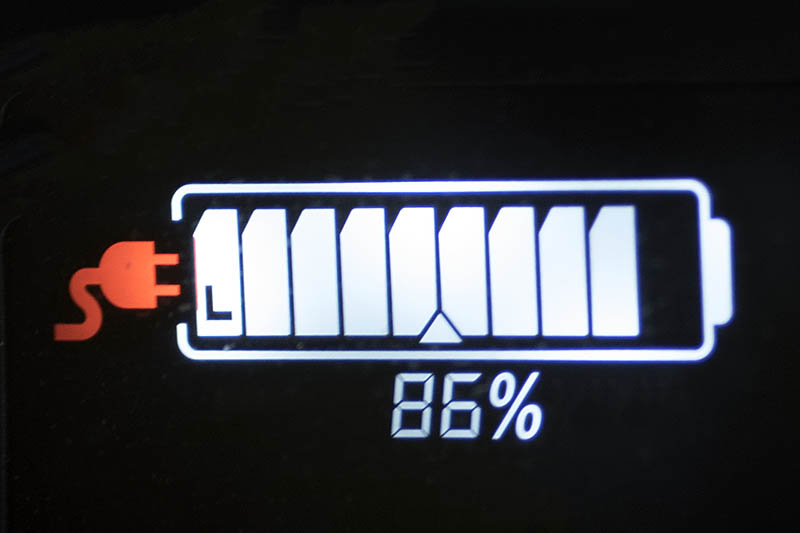

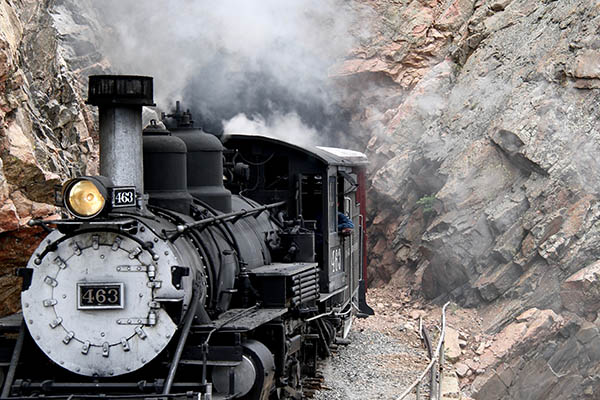

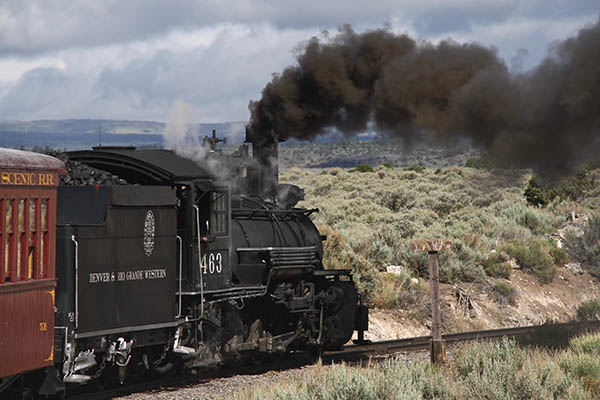

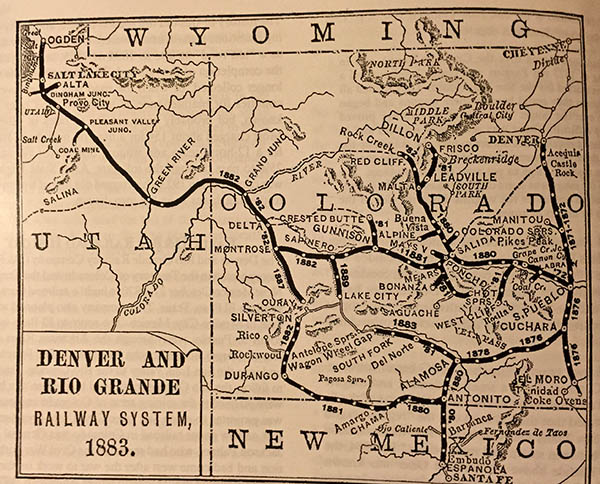
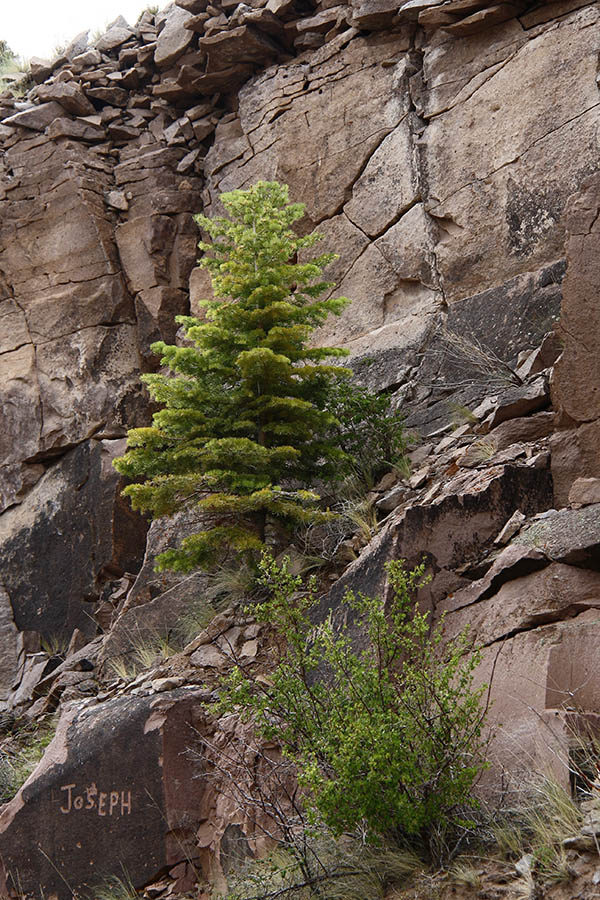
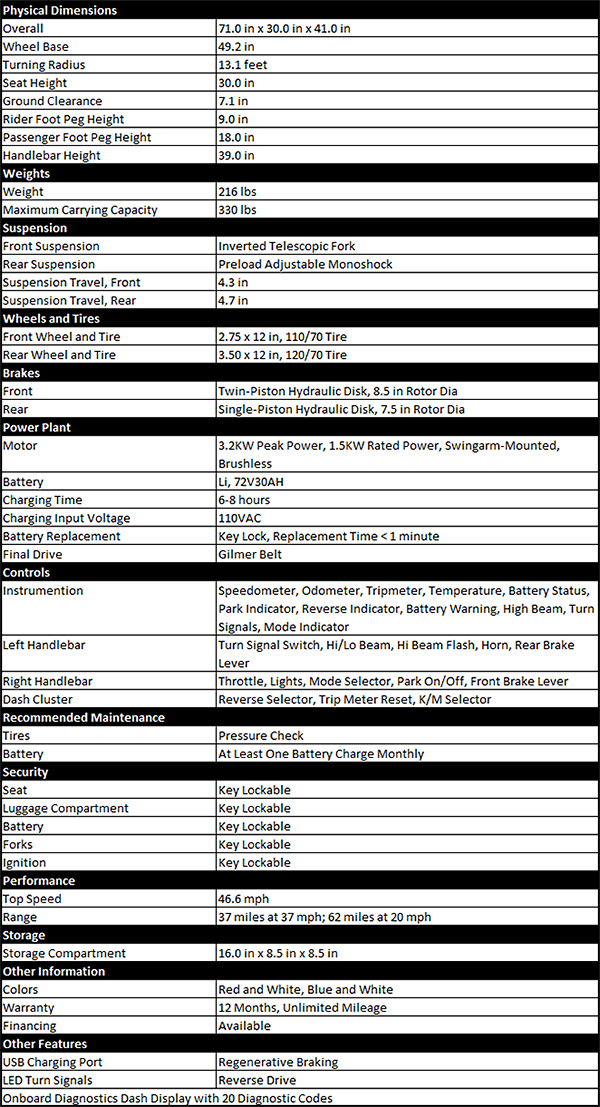 Any questions? Post them in the comments section, and I’ll see if I can get answers.
Any questions? Post them in the comments section, and I’ll see if I can get answers.